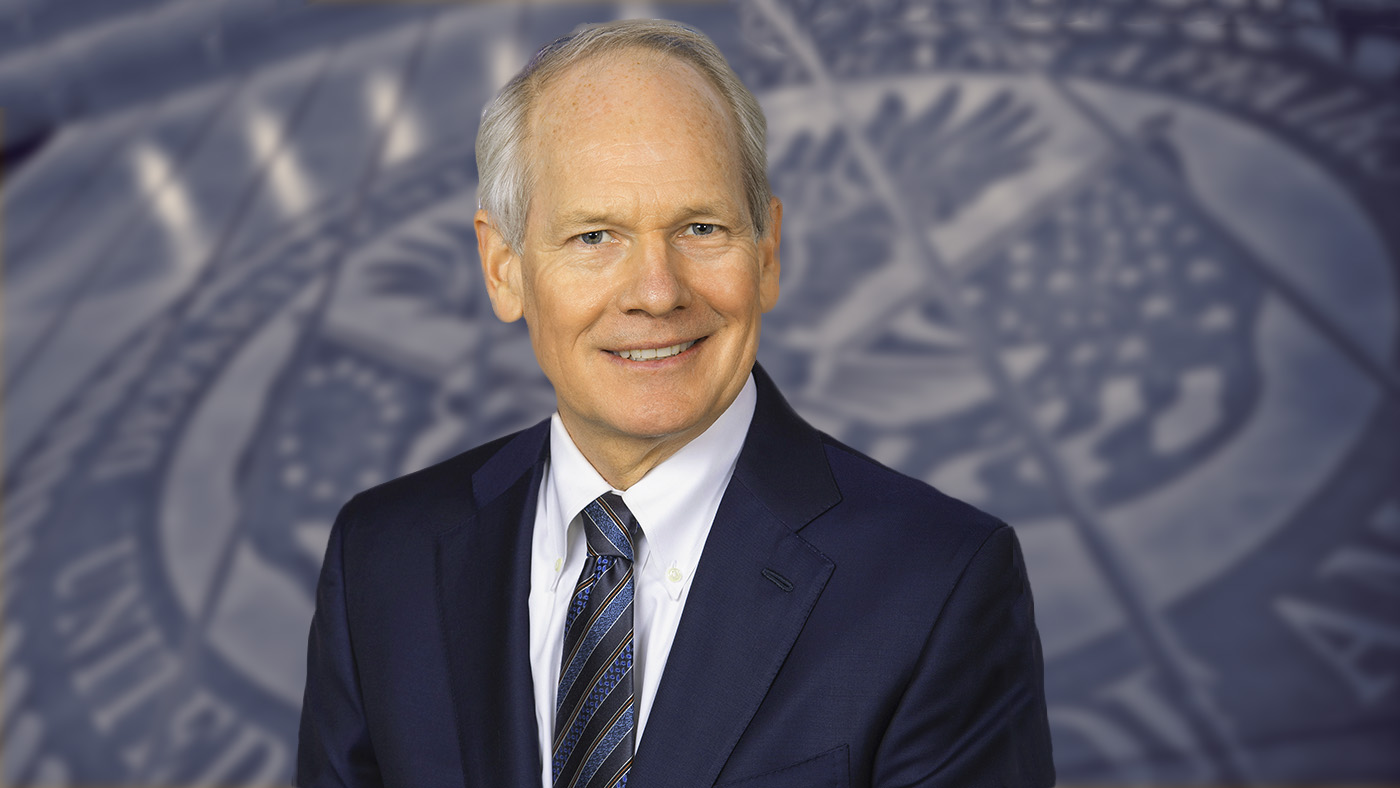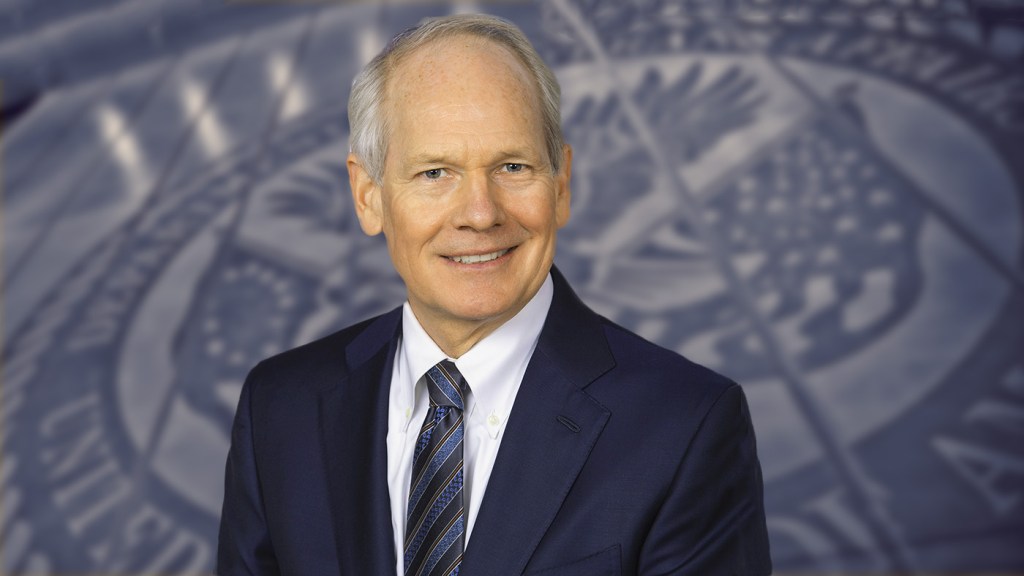VA began to embrace the DevOps model several years ago, but the supporting org structure had multiple layers of management before getting to the teams doing the bulk of the work. With each layer of management came more management infrastructure and offices to coordinate with. Budgets became more segmented. Leadership team meetings had more difficulty focusing on the details of the work we’re doing, since upper leaders were more distant from the work. To increase the collaboration among the teams and to create a strong, integrated senior leadership team, we removed these extra layers and created a flat organization structure. This change allowed us to reduce bureaucracy, increase collaboration, and create clear charters that gave people clarity on who the go-to teams are when they need to solve a problem. Senior leaders know what they are responsible for and that the buck stops with them.
We’ve arranged our work logically, organizing into portfolios and product lines that clearly sync up with the VA’s broader organizational structure. This allows our VA partners to understand who does what. It also increases the clarity in how our organization and resource allocation maps to the VA’s mission and the Secretary’s vision. Our portfolios cover the full range of activities that the VA engages in, like health care, benefits, memorials, end users, and corporate solutions, and these portfolios are in-turn divided into product lines. Each portfolio and product line team are responsible for understanding the needs of their stakeholders, and those teams are empowered to organize directly around that work versus yielding program management to another team who manages that function across OIT and who may not be as close to the customer. There are also a set of shared functional teams that drive critical processes across the organization — BIOS (Business Integration and Outcomes Service) who synthesizes together the work of the portfolios, drives vision-creation, and represents the customer voice, Compliance, Strategic Sourcing, Finance, and People Sciences. Here too, we are clear about what people’s responsibilities and outputs are.
We also used the reorganization as an opportunity to identify places where we needed to “defrag” — where there were overlapping or highly-related responsibilities in different parts of the organization that needed to come together. For example, instead of having a security team whose function was to define security policy that the rest of the team then had to execute, we created an execution-focused security team that defines and drives our specific approach across the organization and feels directly responsible to see that our approach is succeeding in keeping VA secure. They collaborate and coordinate with team-specific security resources that execute the strategy at the portfolio and product level. Across the entire organization, we took the opportunity to bring together like functions to coalesce our efforts, create clear charters, and eliminate duplication.
No organization is perfect, and we will no doubt find places in the future to realign our execution focus, but this organizational clarity has already led to much clearer focus and alignment.
Continue reading

1 week ago
Is AI Overhyped?
A conversation from the chat logs of the Department of Veterans Affairs Assistant Secretary of Information and Technology and Chief Information Officer Kurt DelBene and Chief Technology Officer and Chief Artificial Intelligence Officer Charles Worthington.

1 month ago
Reducing Complexity in Government IT
VA is one of the best places — if not the best — to be in federal IT. It has an incredibly inspiring mission, and it has great people committed to service.

5 months ago
Focusing Our Efforts with OKRs
Ever wondered why some organizations consistently outperform others? It’s all about setting and measuring the right goals. In OIT, our OKRs keep us on track and drive excellence. Learn how we’re making strides to be the top IT organization in the Federal Government!

April 15, 2024
OIT’s Approach to Daily Standups
OIT's daily standup? It's where we crack the code on incidents and plan ahead—making things better for our Veterans! Learn how we do it.

March 29, 2024
Leading by Example: Creating Exceptional Digital Experiences at VA
Digital transformation across industry over the last decade has profoundly impacted consumers’ lives and their expectations of access to services. Increasingly, people expect that same sort of fast, intuitive interaction with their government.
Link Disclaimer
This page includes links to other websites outside our control and jurisdiction. VA is not responsible for the privacy practices or the content of non-VA Web sites. We encourage you to review the privacy policy or terms and conditions of those sites to fully understand what information is collected and how it is used.


